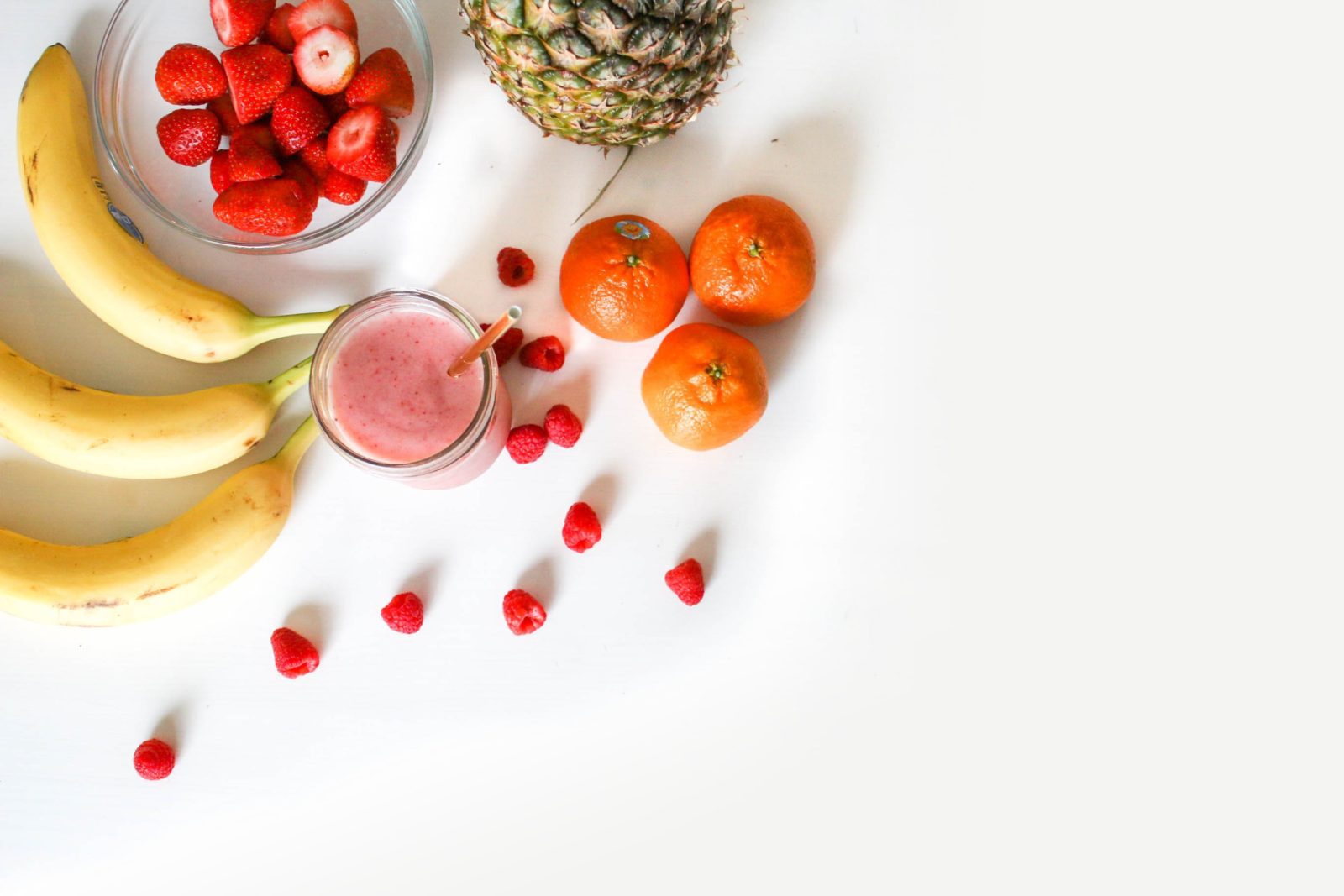The Czech Republic’s fruit harvest is expected to drop by 24% to a below-average 125,157 tons this year. It should be the lowest since 2017, the last six years. Compared to the average harvest of the previous five years, it should be lower by 16%. A significant year-on-year drop in yield is expected for apricots, which have been hit by frost. Plums and apples will also decline.
The Central Control and Testing Institute of Agriculture (ÚKZÚZ) estimated the estimate as of June 15. According to Martin Ludvík, chairman of the Czech Fruit Growers Union, the year-on-year reduction in orchard areas by a significant 8.3% to 11,214 hectares is reflected in the decline in harvest. This represents a loss of a million trees and shrubs. Orchardists cut down trees due to low fruit purchase prices and long-term cultivation losses.
The weather also negatively affected production. “Apricots were hit by frost, and other fruit species were affected by less favorable weather during the spring bloom,” he said. It also showed that last year’s harvest was above average, and the trees bloomed less this year.
The harvest of apples, the main fruit species, is expected to decrease year-on-year by 26% to 102,652 tons. Compared to the five-year average, this represents a decline of 16%.
Over the winter, orchardists cut down 11% of apple orchards and reduced their area to 5,236 hectares. According to fruit growers, this represents a loss of fruit harvest of about 10,000 tons. Last year, more than 138,000 tons of apples were harvested in the Czech Republic.
A significant year-on-year decline in the harvest of apricots is expected, down 74% to just 449 tons. In the last five years, the average apricot harvest was 1,613 tons.
The harvest of plums is expected to decrease by 37% to 6,466 tons. The yields of cherries, peaches, currants, raspberries, and blackberries will also be lower this year than the previous year.
Conversely, increases in harvest are expected for pears and cherries, both by 18% to 8,734 tons for pears and 1,756 tons for cherries year-on-year.
“The yield of pears varies significantly by region. There was a significant drop in fruit buds in Bohemia at the beginning of June, and the yield of pears in Moravia is likely to be the highest,” said ÚKZÚZ spokesperson Ivana Kršková.
According to her, stone fruits suffered from cold and rainy spring weather. “In the case of apricots, small localities are an exception that has avoided significant damage (frost) thanks to the appropriate combination of variety and exposure,” Kršková said.





